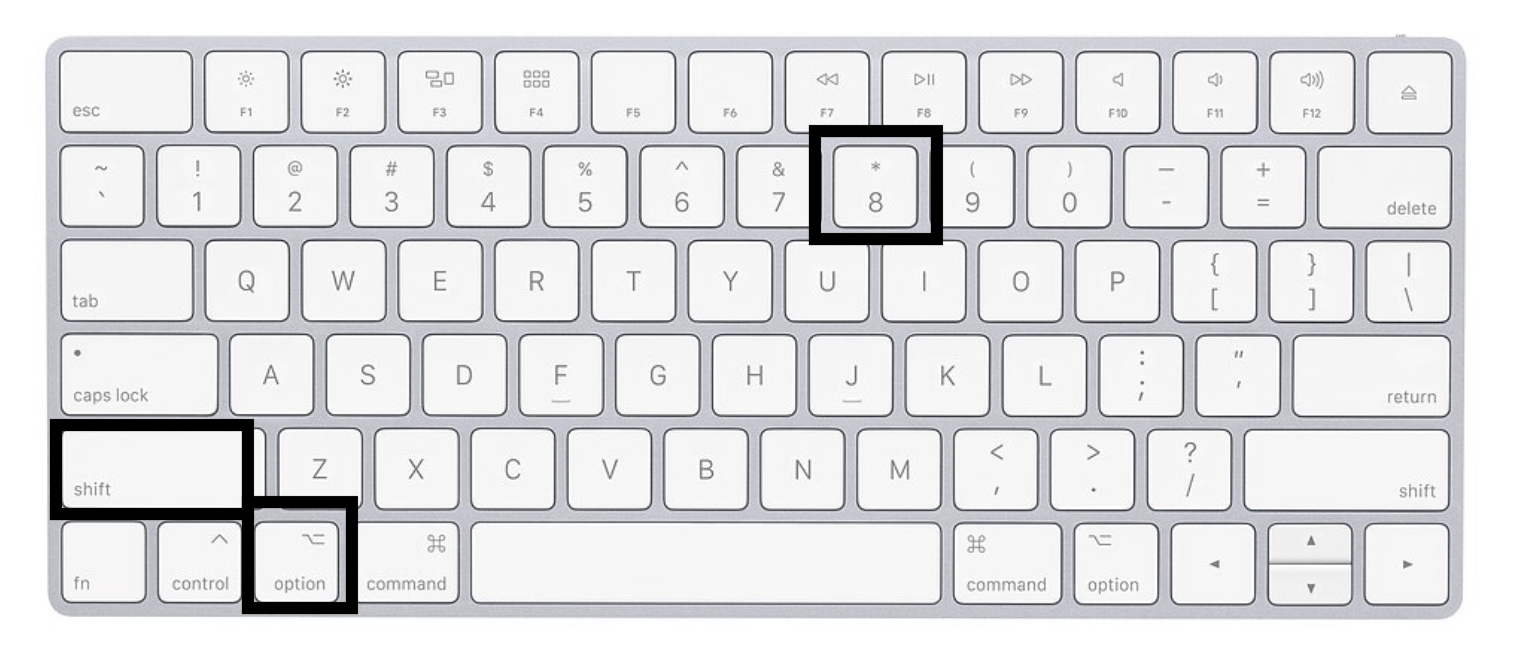
- MAC DELETE KEY SYMBOL PDF
- MAC DELETE KEY SYMBOL INSTALL
- MAC DELETE KEY SYMBOL SOFTWARE
- MAC DELETE KEY SYMBOL PC
- MAC DELETE KEY SYMBOL FREE
But on some Macs, there’s no sign of anything called delete.
MAC DELETE KEY SYMBOL SOFTWARE
Installing in Windows is much easier, but don’t be put off by the Windows security warning – it is safe to install, it’s just such a niche piece of software that Windows doesn’t automatically recognise it. Windows PCs have two distinct keys for deleting text in different directions delete and backspace.
MAC DELETE KEY SYMBOL INSTALL
If you’re not comfortable with using the Mac terminal to install software, then you might want to stick to cut and paste, but if you follow the instructions carefully on the page, you should be fine.
MAC DELETE KEY SYMBOL FREE
However, Espanso also has installable packages, such as the Mac Symbols package used above.Įspanso is free and available for Windows, Mac and Linux, although it’s more of a pain to install on a Mac and requires some quite techy steps, which you’ll find outlined on the installer page. Text expanders generally work best when you have to repeatedly type long passages of text, such as a welcome paragraph at the beginning of an email or your own postal address, and you just want to type something far shorter. To make those symbols appear in the text above, all I had to do was type “:ctrl”, “:alt” or “:eject” (without the speech marks), because I’m running a piece of software on my Mac called Espanso, which is a text expander.Ī text expander basically allows you to type a shortcut command (such as “:cmd”) and have that automatically replaced with something else entirely, such as the ⌘ symbol. If you (ahem) run a technical support website or have some other regular need to type ⌘, as well as other well-known Mac symbols such as ⌃ (control) or ⌥ (alt) or even ⏏ (eject), then I suggest you take a different tack entirely. If you need something that works every time, can I suggest you… Get the Espanso text expander

Microsoft Office apps, for example, unhelpfully refuse to co-operate. Note that Apple text replacements don’t work in every app. To create that replacement for yourself, click the + button in the bottom-left of the window, then enter “cmmnd” (or whatever you want the shortcut text to be) in the Replace section and then copy the ⌘ symbol into the With section. That isn’t an Apple default, but one I prepared earlier. You might also have spotted the ⌘ symbol in that list in the screenshot above. Alternatively, just press the space bar after typing “appsy” and it will automatically appear. So, if you type the word “appsy” in a Mac app, you should see a little apple appear above the word, which you can just click on to have it replace that word in text. There are a few more symbols that macOS uses to represent keys, which are also worth learning. Command-8 to show them, Command-8 again to hide them.

That have prior experience with Visual Studio when using Windows.The sharper tools in the box may have spotted the Apple symbol in the list. Short Answer: Command-8 (-8) There’s a keyboard shortcut for toggling invisible characters (like paragraph marks, and spaces, and tabs) in Microsoft Word on a Mac and as far as I know it’s worked in every version, since the very beginning.Command-8 does it. Applications : This key isnt available on Apple keyboards.
MAC DELETE KEY SYMBOL PC
One that shows shortcuts for Visual Studio for Mac, and a version that shows Visual Studio shorts side-by-side for users Many of the keys youd see on a PC have equivalent keys on an Apple keyboard. Doing this will boot your device in Recovery mode. Open your device in Recovery Mode by pressing the Command + R key on the keyboard until the Apple sign appears on the screen. Yet another useful method to reset Mac to factory settings. This is the case with deleting files in Finder.

MAC DELETE KEY SYMBOL PDF
We have compiled the most used, and most useful, keyboard shortcuts into a downloadable pdf file. Simultaneously press Control + Command + Eject button. To Delete a File or something once selected sometimes the Mac Delete keys Deletes it and at other times it does nothing other then give you a Chime/Sound no matter what other key you hold down. For example, while you press Ctrl+C, Ctrl+X, and Ctrl+V to copy, cut, and paste on Windows, you press Command+C, Command+X, and Command+V to do the same on a Mac. It’s a modifier key you can press to issue keyboard shortcuts to applications. If you are unsure of a symbol, review the macOS key symbols loopkup table. The Command key doesn’t do anything on its own. The keyboard shortcuts displayed in this document, and the key binding preferences in Visual Studio for Mac, are presented using the symbols commonly used in macOS.


 0 kommentar(er)
0 kommentar(er)
